How to drain stagnant water from potted plants and how to check whether there is stagnant water in a
Last Update :2024.12.06
Article Catalog
There are five main ways to drain accumulated water in potted plants: First, if there is accumulated water on the bottom of the pot, just pour it out directly for smaller potted plants. Larger potted plants can be extracted with a large syringe; second, use small objects to raise the bottom of the pot; third, punch holes in the wall of the pot, and if it is a plastic pot, drill holes in the sides to drain out the accumulated water; fourth, add ventilation to the bottom or soil of the pot. The fifth step is to use loose soil tools to loosen the soil and drain the accumulated water. After watering, if the pot soil does not dry out for a long time, water may accumulate in the pot.
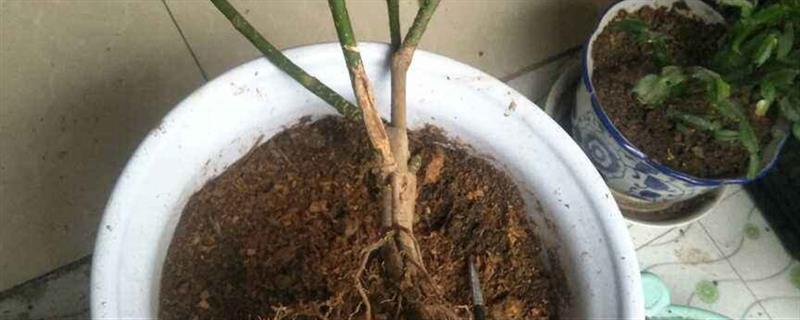
1. How to drain water from potted plants
1. There is water in the bottom tray
If so For smaller potted plants that can be moved, just pour out the water in the bottom tray. For larger potted plants that are difficult to move, you can use a large syringe to drain the water from the tray, or you can replace the bottom tray with one that can catch water.
2. Raise the bottom of the pot
If the gap between the flower pot and the bottom bracket is too small, the flower pot will have poor air permeability. At this time, you can use a bottle cap or a flat object to place it between the flower pot and the base to increase air permeability and allow the accumulated water to drain away quickly.
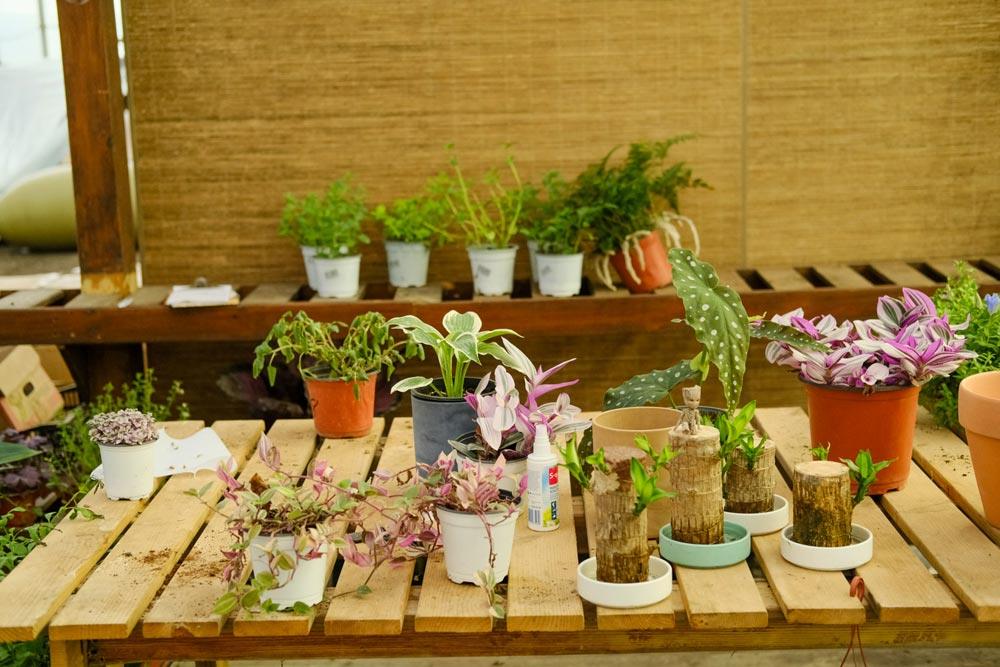
3. Drill holes in the basin wall
If it is a plastic flower pot, its air permeability will be relatively poor. Especially in summer, watering can easily cause water to accumulate in the basin, making the bottom unable to penetrate. At this time, you can drill holes in the basin wall to help the water drain out quickly. It should be noted that the size of the hole should be appropriate and not too large to prevent the soil from being exposed after watering.
4. Add a breathable layer
Add dry needles, broken bricks, ceramsite, willow branches, charcoal and other things to the bottom of the pot or the pot soil to create a potted plant. Adding a breathable layer can effectively prevent water accumulation in the basin and also help drain it.
5. Loosen the soil
When the pot soil accumulates water, you can loosen the soil. Use a soil loosening tool to insert from around the flower pot, and gently shake the pot soil to loosen the pot soil, increase the soil's permeability, and drain the accumulated water in the pot.
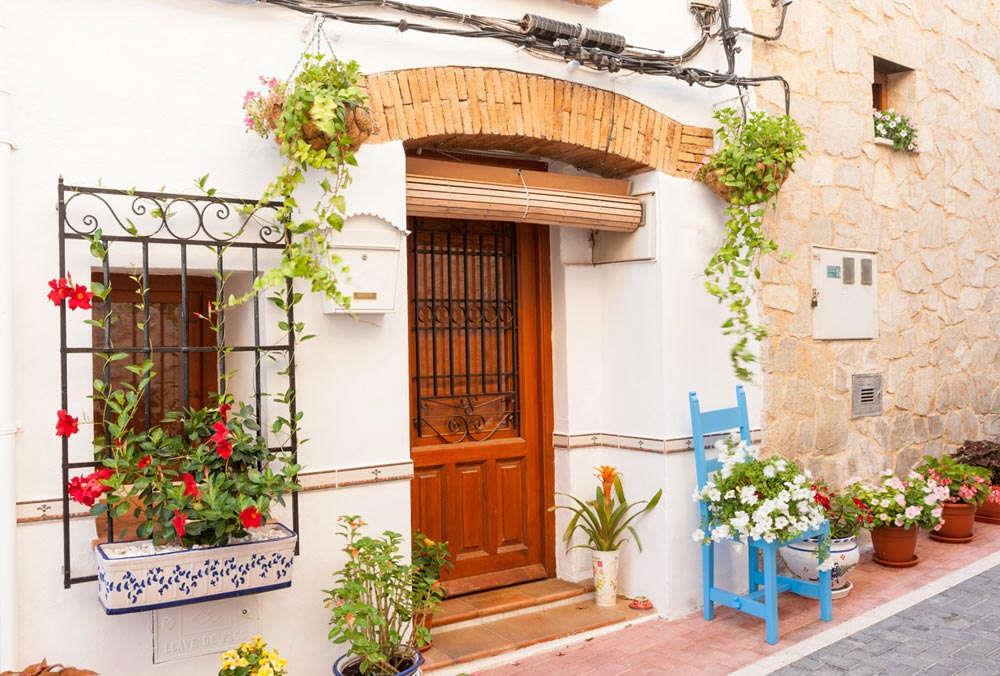
2. How to judge whether the flowerpot has water accumulation
Water the plants on a sunny day and observe the soil the next day. If the pot soil is dry and slightly white, it means there is no accumulated water in the pot; if the pot soil still remains moist, it may be that there is accumulated water in the pot; if after 3-5 days, the pot soil still remains moist, it means that the pot soil has accumulated water. If the water is severe, the root system may also have rot problems.
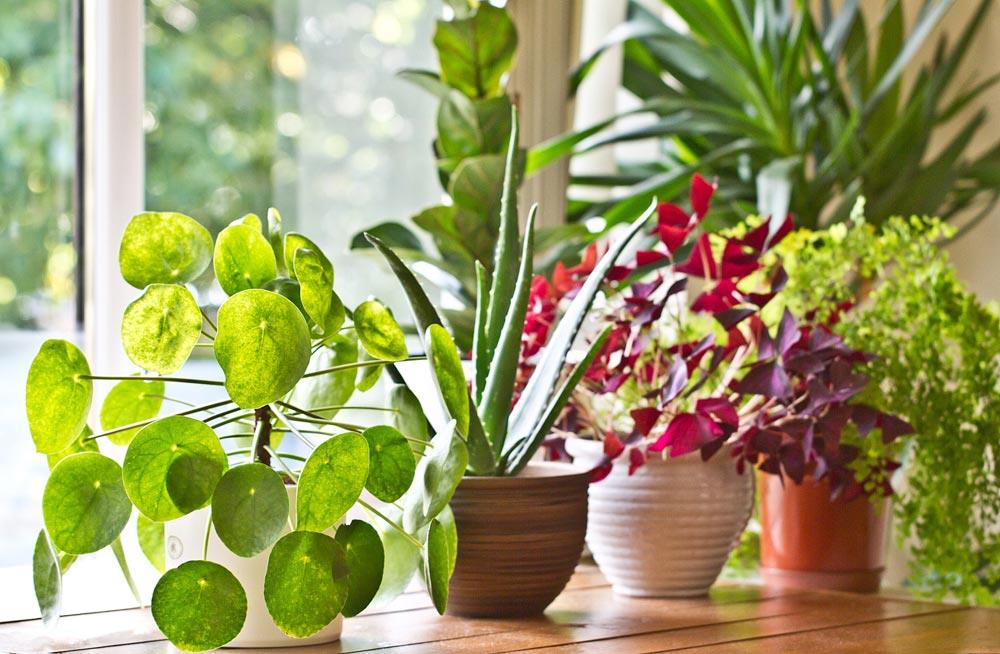
- END -
The difference between white palm and anthurium

First of all, regarding the color issue, the difference between Anthurium and Whit...
A complete collection of breeding methods and precautions for Frost Dynasty
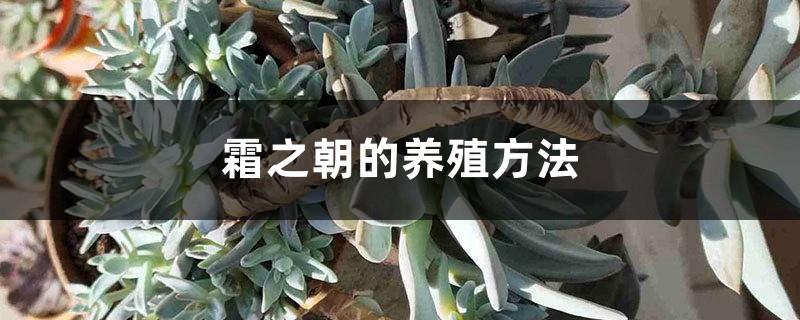
Temperature: 15 to 25 degrees is more suitable. In winter, it cannot be lower than...